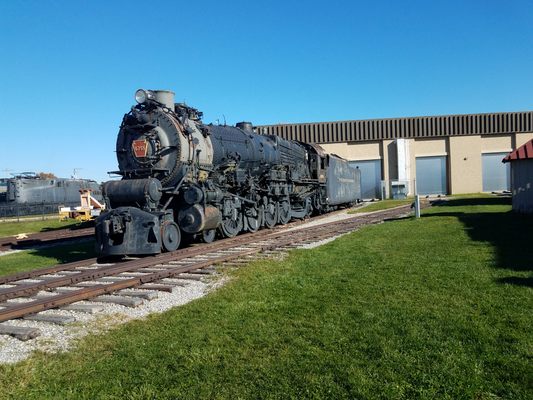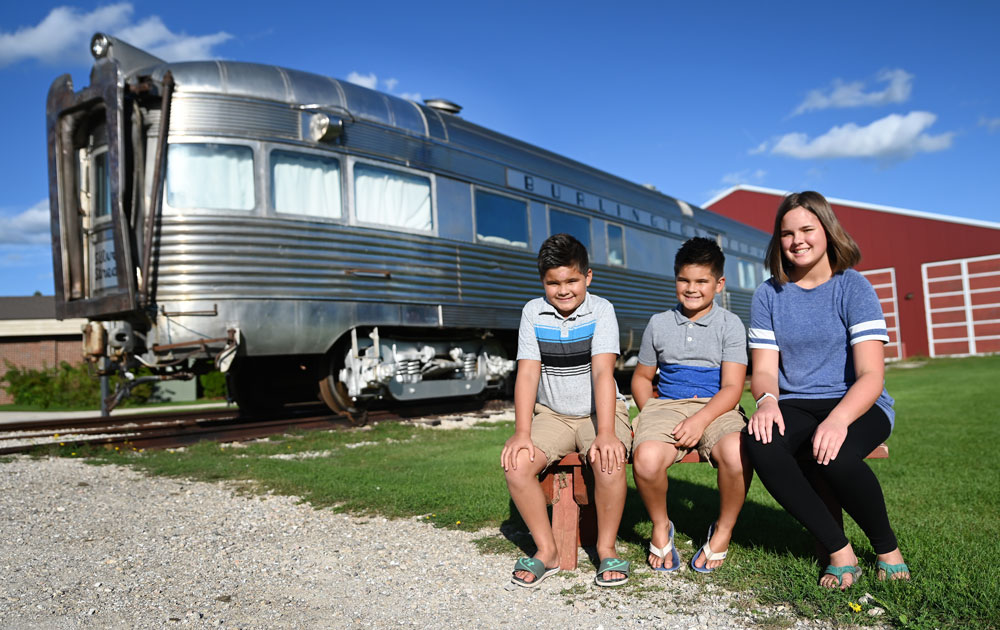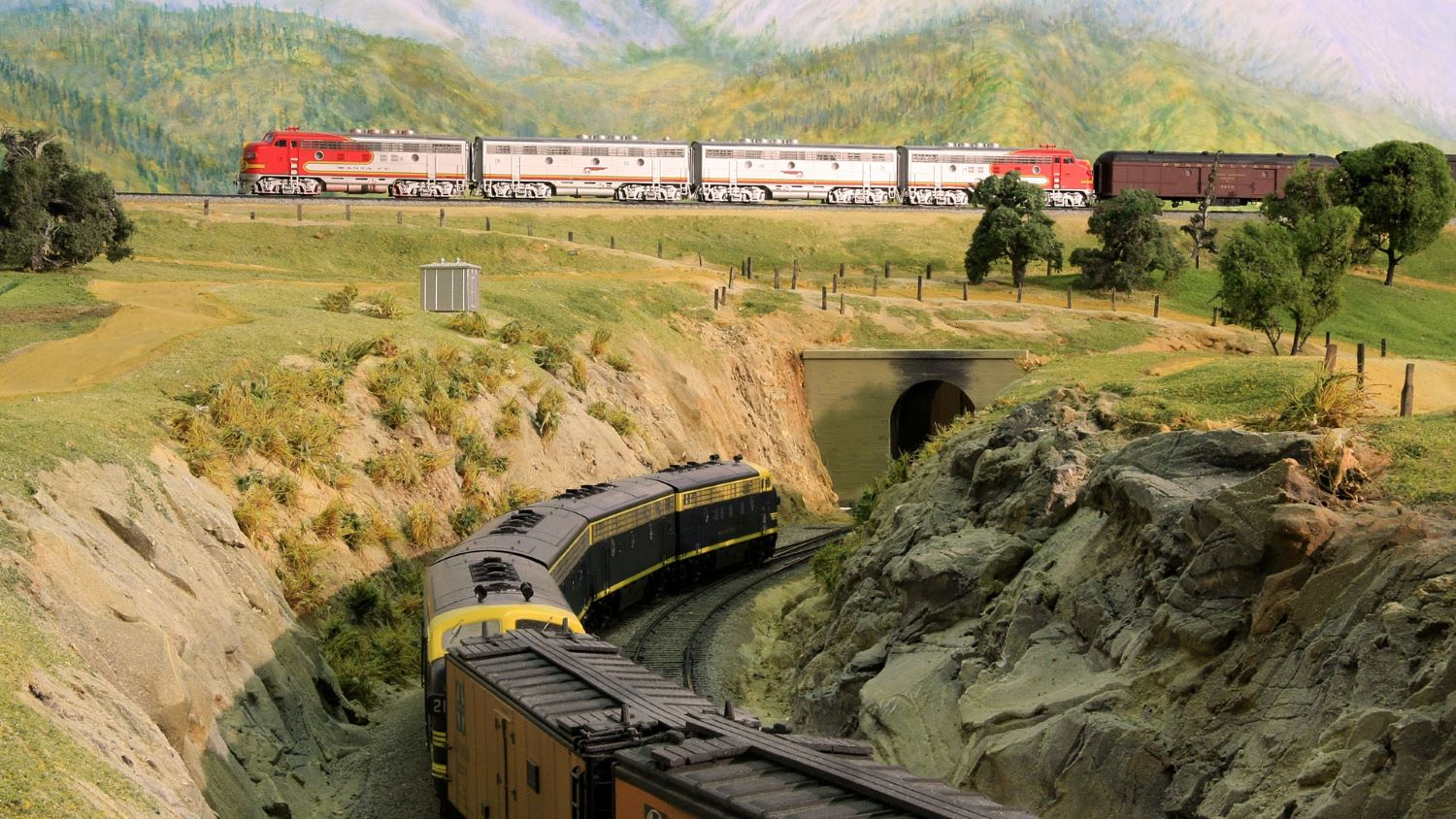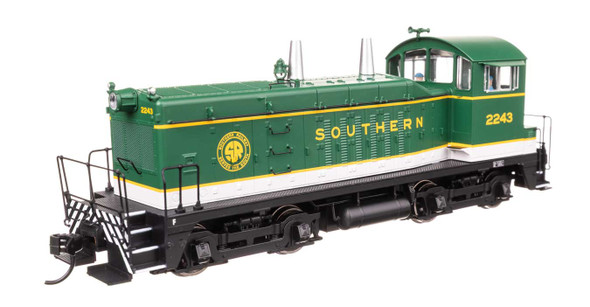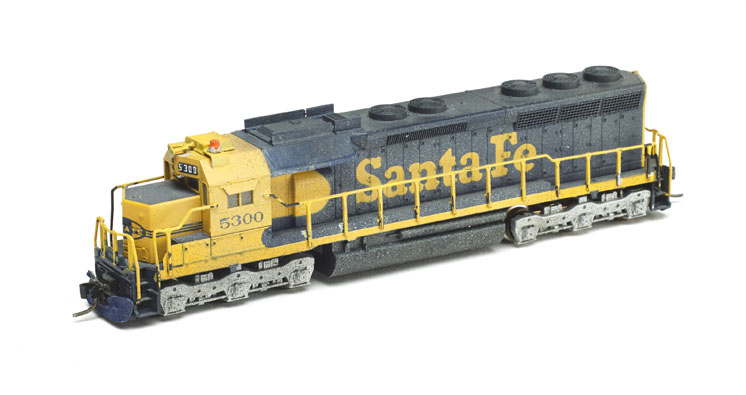If you read Model Railroad Hobbyist, you might have come across a special feature on the Pennsy Middle Division. This is not just any layout. It is a detailed replica of a real stretch of the famous Pennsylvania Railroad. Many model railroad fans were happy to see it get the spotlight. Let’s take a closer look at why this layout is so special and what makes it stand out in the hobby world.
What Is the Pennsy Middle Division?
The Pennsy Middle Division is part of the old Pennsylvania Railroad. The real line ran through central Pennsylvania. It covered the area between Harrisburg and Altoona. This stretch was famous for its heavy traffic. Long freight trains, coal drags, and passenger trains all used this line daily. The line had big bridges, tunnels, and helper engines to push trains up the mountains.
Modeler Steve Funaro decided to bring this area to life in miniature. He loves the Pennsy and wanted to share this piece of history. His layout shows what railroading looked like in the 1950s. This was the golden age of the Pennsy. Steam and diesel engines worked side by side during this time.
Where You Can See It
The Pennsy Middle Division layout is not hidden in a basement. Steve built it in a dedicated space. Some sections are on display at train shows too. Model Railroad Hobbyist did a deep dive on the layout, so more people could see it even if they can’t visit in person. The article came with clear photos and step-by-step building tips. Many readers said it inspired them to try new ideas on their own layouts.
Focus on Realism
One thing that makes the Pennsy Middle Division stand out is its realism. Steve is serious about getting every detail right. He studied old photos, maps, and railroad plans. He used these to design each mile of track. The stations, bridges, signals, and scenery all match the real locations.
For example, he built the big Rockville Bridge. This is one of the longest stone arch railroad bridges in the US. He also modeled the tunnels near the Allegheny Mountains. Steve even adds small details like old cars, road signs, and telegraph poles. These touches make visitors feel like they stepped back in time.
The Trains and Rolling Stock
Another strong point of the Pennsy Middle Division is the variety of trains. Steve collects steam locomotives and early diesel engines that match the 1950s era. You will see K4 Pacifics pulling passenger trains. Big I1sa Decapods handle coal drags. Early diesel units like the F-units and Alco RS series haul mixed freights.
The freight cars are weathered by hand. Each one looks like it has miles of hard work behind it. Steve also makes sure the train lengths match the real thing. Some trains are so long they need helper engines to push them up grades. This adds action and realism that many layouts lack.
Operating Sessions
The Pennsy Middle Division is not just for show. It is an operating layout. Steve runs realistic sessions with a crew. Operators get jobs just like real train workers did. Some run yard switches. Others control helper engines or dispatch trains across the line.
Timetables and train orders guide the action. Steve even has working signals and block systems. This keeps the trains moving safely. Many people love visiting for these sessions. It feels like playing with trains, but with a real purpose and plan.
Scenery and Backdrops
The scenery on the Pennsy Middle Division is worth a closer look. Steve uses real dirt, static grass, and custom trees. The hills and cuts look like the rolling mountains of Pennsylvania. Rivers and streams are poured with clear resin. He adds small details like fences, animals, and old barns.
One nice touch is the backdrop. Steve painted distant hills and sky by hand. This makes the layout look deeper than it really is. The blend between real scenery and backdrop is smooth. Visitors often say it’s hard to tell where the layout ends and the backdrop begins.
Learning From the Feature
The Model Railroad Hobbyist article does more than just show pretty pictures. It shares tips that hobbyists can use on their own layouts. Steve explains how he plans scenes. He talks about the tools and materials he trusts. He also shows how to stay true to the real railroad without losing the fun.
Many readers liked his advice on layering scenery. Instead of throwing down grass and calling it done, he builds in layers. First dirt, then bushes, then taller grasses and weeds. Small rocks and sticks come last. This makes the ground look like real nature.
Challenges of Building It
Building the Pennsy Middle Division was not easy. Steve spent years collecting old maps. He had to scratch-build many parts because kits did not exist. He also had to make choices about what to include and what to skip. Some real sections were too big to fit, so he compressed them. This means he kept the look and feel but used less space.
He also needed help. Friends pitched in to build parts of the scenery or wire up signals. Running operating sessions means more people are involved too. Many say that is the best part. It turns the layout into a team effort.
Why It Inspires Others
The feature in Model Railroad Hobbyist has helped the Pennsy Middle Division reach new fans. Many hobbyists feel stuck with small layouts. Seeing Steve’s work shows what is possible if you stick to a plan. You do not need huge money or fancy tools. You need patience, research, and help from friends.
The layout also proves that old railroads still capture hearts. Young modelers see modern trains all the time. But the steam-to-diesel time was special. The Pennsy Middle Division keeps that alive for a new generation.
Final Thoughts
If you missed the Model Railroad Hobbyist issue, try to find a copy. It is worth reading for ideas and motivation. The Pennsy Middle Division is a reminder that good modeling is about more than just track and trains. It is about telling a story, keeping history alive, and sharing the joy with others.
Next time you build a scene, think about Steve’s method. Take your time. Study old photos. Add the small touches. Maybe one day, your layout will be featured too.


